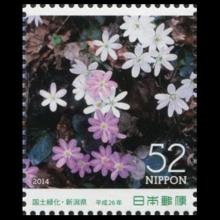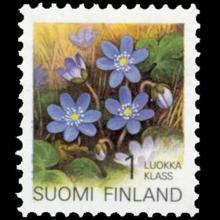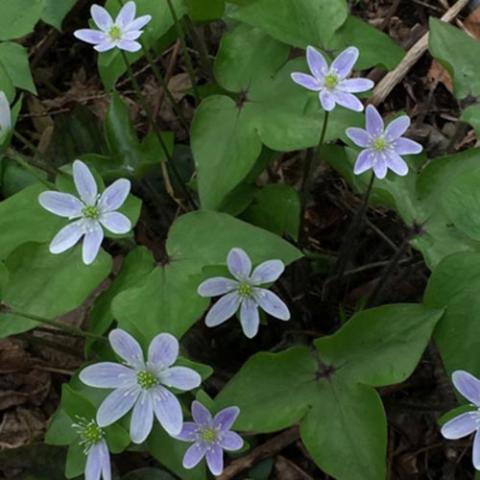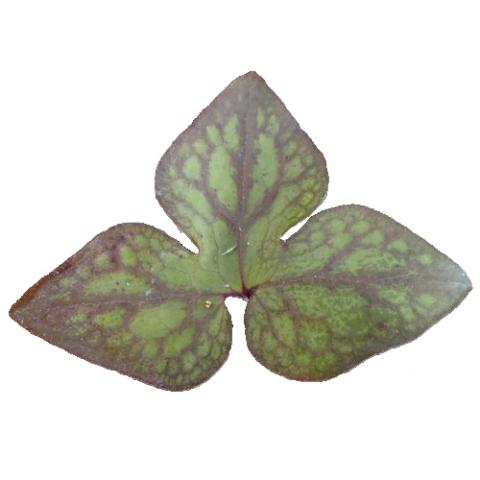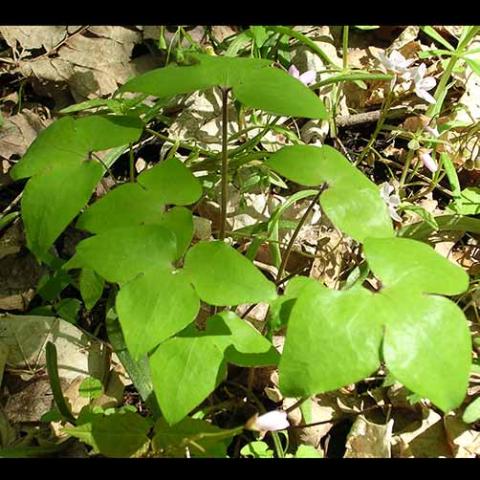NAME(S)
TAXONOMY
PLANTAE ID
THERAPEUTIC
Japan
Issued:
Stamp:
Hepatica acutiloba
Finland
Issued:
Stamp:
Hepatica acutiloba
Japan
Issued:
Stamp:
Hepatica acutiloba
Finland
Issued:
Stamp:
Hepatica acutiloba
Japan
Issued:
Stamp:
Hepatica acutiloba
Finland
Issued:
Stamp:
Hepatica acutiloba
Genus species (Plantae): Hepatica acutiloba
Hepatica acutiloba, the sharp-lobed hepatica, is a herbaceous flowering plant in the buttercup family Ranunculaceae.
Each clump-forming plant grows 5 to 19 cm (2.0 to 7.5 in) tall, flowering in the early to mid spring. The flowers are greenish-white, white, purple or pinkish in color, with a rounded shape. After flowering the fruits are produced in small, rounded columned heads, on pedicels 1 to 4 mm long. When the fruits, called achenes, are ripe they are ovoid in shape, 3.5 -4.7 mm long and 1.3-1.9 mm wide, slightly winged and tend to lack a beak.
Hepatica acutiloba is native to central eastern North America were it can be found growing in deciduous open woods, most often in calcareous soils.
Taxonomy
The taxonomy of the genus Hepatica and its species is not fully resolved, but phylogenetic studies of many species of Anemone and related genera indicate that species of the genus Hepatica should be included under Anemone because of similarities both in molecular attributes and other shared morphologies. The circumscription of the taxon is also debated, some authors listing the North American var. acuta and var. obtusa, while other list them as the separate species Anemone acutiloba and Anemone americana, respectively.
Ecology
Hepatica flowers produce pollen but no nectar. In North America, the flowers first attract Lasioglossum sweat bees and small carpenter bees looking in vain for nectar. Then when the stamens begin to release pollen, the bees return to collect and feed on pollen. Mining bees sometimes visit the flowers, but prefer flowers that produce both nectar and pollen.
Reference: Wikipedia, Integrated Taxonomic Information System, Catalogue of Life
Synonym: Anemone acutiloba
Photo: Steve Proffitt, gardenia.net

